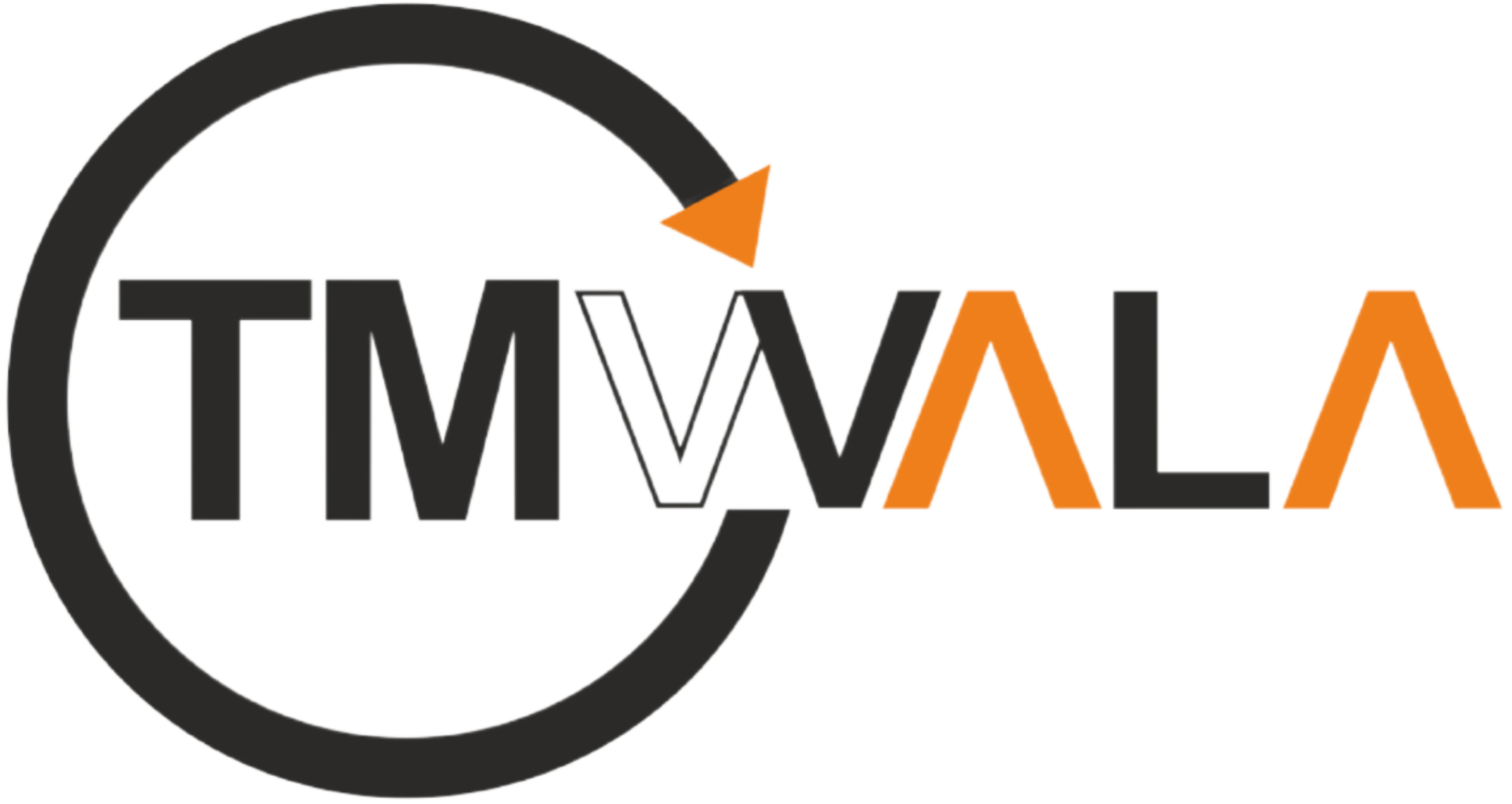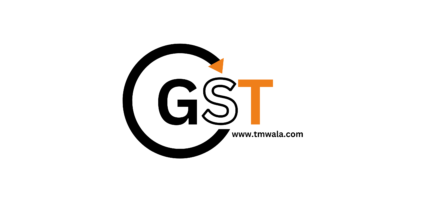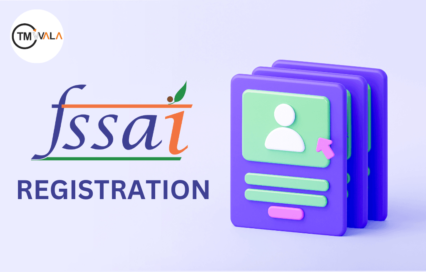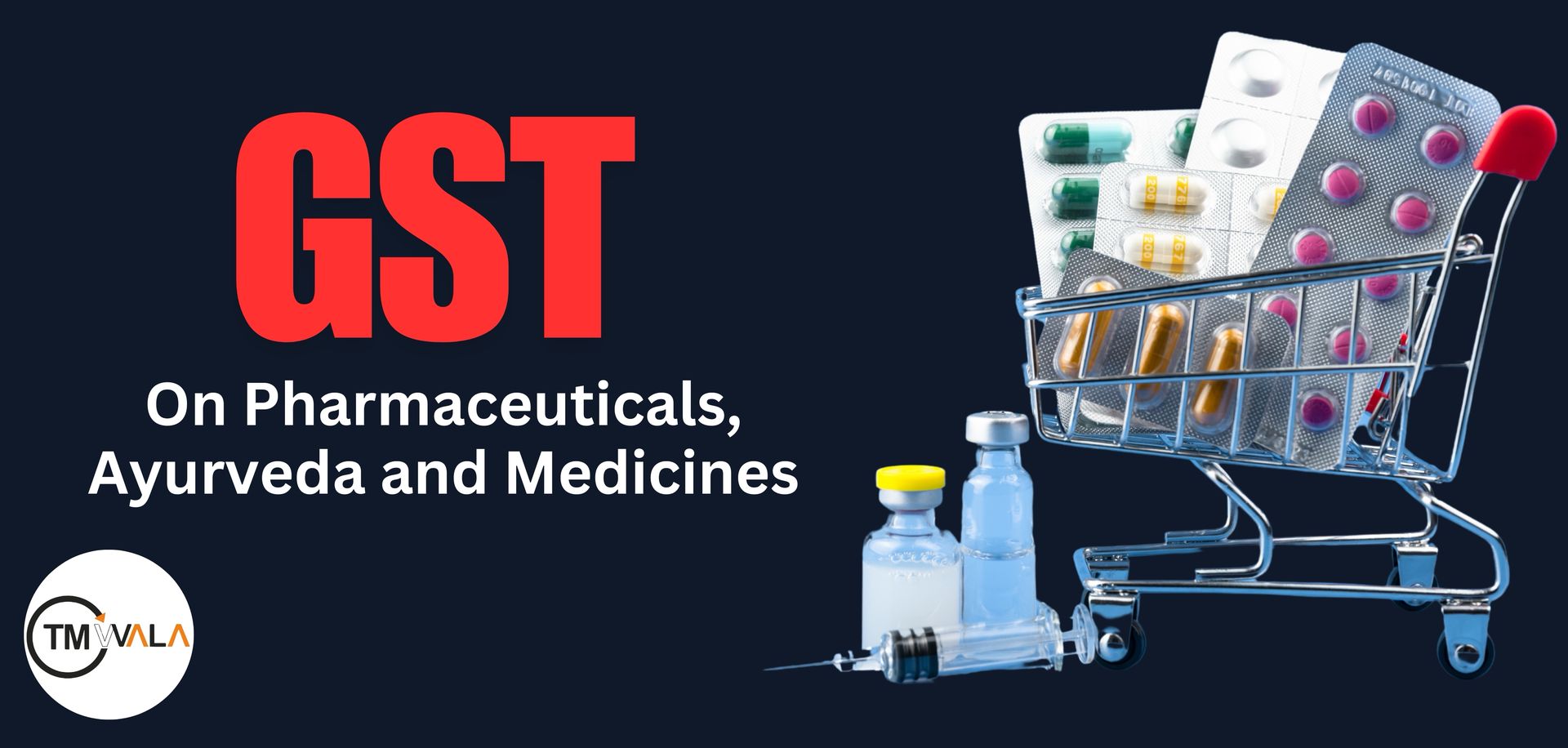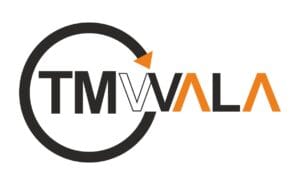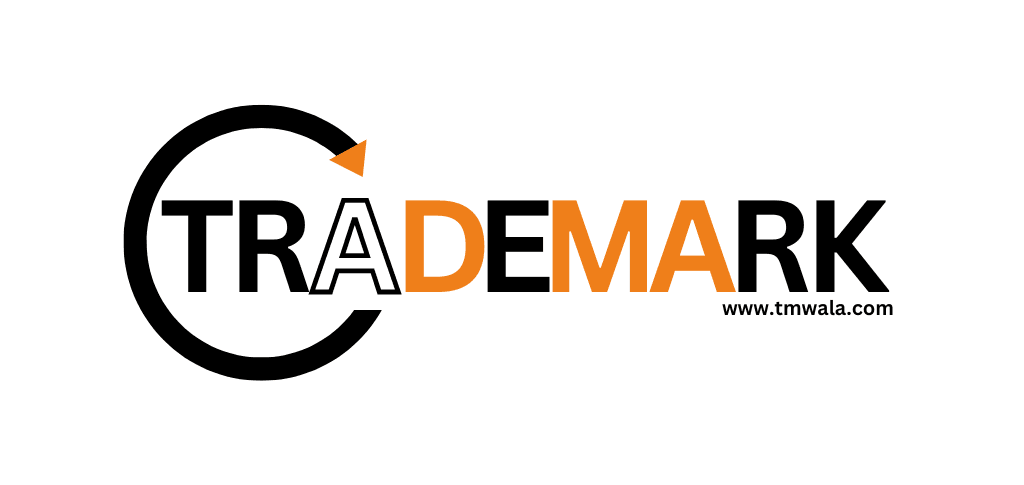The rollout Goods and Services Tax (GST) has shaken up how the pharmaceutical industry in India handles taxes. When GST kicked off on July 1, 2017, and it took the place of several indirect taxes like VAT, Excise Duty, and CST setting up a single tax system under the government’s vision of One Nation, One Tax. GST has had a big effect on pharmaceuticals, changing their prices how they’re distributed, and what companies need to do to ensure compliance. Let’s dive into GST rate on Pharmaceuticals, ayurvedic and medicine.
Let’s take a look at the GST rates that apply, what’s exempt, how input tax credit (ITC) works, what companies need to do to comply, and what the government policies indicate. Understanding how GST works for medicines matters to everyone from the people who make them, to the shops that sell them, and especially the folks who consume them.
GST Rates on Medicines
The GST framework categorizes medicines into different tax slabs.
1. The Essentials and Life-Saving Drugs (5% GST)
Drugs on the National List of Essential Medicines (NLEM) have a 5% GST rate to make them affordable.
This group covers the necessary medications. It includes medicines for diseases like cancer, diabetes, HIV, malaria, TB, heart diseases, and other such long-term health issues. You’ll find the drugs eligible for this tax rate vide Notification No. 1/2017-Central Tax (Rate), from June 28, 2017.
2. General Medicines and Formulations (12% GST)
Most drugs, like antibiotics, pain relievers anti-inflammatory meds, and vitamin supplements, belong to this group. Traditional Indian medical practices like Ayurveda, Unani, Siddha, and even Homeopathy medicines also attract a 12% GST rate vide Notification No. 12/2017-Central Tax (Rate) lists the GST rates for these products.
3. Over-the-Counter (OTC) Medicines (18% GST)
Non-prescription drugs dietary add-ons, and health-boosting items come with an 18% GST Rate. This covers energy drinks, protein powders, beauty and dermatological treatments, and lifestyle drugs like weight loss aids.
For Example: Products like omega-3 pills, Vitamin D and herbal dietary supplements belong to this group.
4. GST on Medical Devices and Equipment
5% GST: Devices that save lives such as dialysis machines, pacemakers, and crucial implants.
12% GST: Common medical gear including syringes surgical gloves, bandages, and nebulizers.
18% GST: Advanced diagnostic and imaging tools like MRI machines, CT scanners, and X-ray machines.
GST Exemptions on Medicines
To keep healthcare affordable, the government has exempted certain medicines and medical supplies from GST. These exclusions include:
1. Blood and Blood Components
Human blood and its components are exempt from GST due to their critical and essential nature.
Notification No. 9/2017-Central Tax (Rate) exempts blood and related medical products.
2. COVID-19 Medications and Vaccines
During COVID-19 in order to support public health initiatives, vaccines and medicines for pandemic control were momentarily GST-exempt.
Temporary tax relief on COVID-19-related medical supplies like Remdesivir, Tocilizumab, and Amphotericin B was granted as per Notification No. 05/2021-Central Tax (Rate), dated 14th June 2021.
3. Ayurvedic and Homoeopathic Medicines-Government Schemes
Often times tax exempted Ayurvedic and homoeopathic medications supplied to government hospitals and fall under varied welfare initiatives. This is in line with government policies where they want to promote traditional Indian medical practices.
GST on Pharmaceutical Supply Chains
Manufacturing, distribution, and retailing all fall under GST compliance in the pharmaceutical supply chain. Important elements are:
1. Input Tax Credit (ITC) in Pharma
Manufacturers and suppliers can actually get an Input Tax Credit (ITC) on things like raw materials, packaging, and transportation costs. But there are some conditions:
- You can’t claim ITC for medicines given out as free samples or promotional goodies.
- Also, any GST paid on expired or damaged stock? Nope, can’t get that back.
2. Impact on Drug Prices
Now, about drug pricing—GST has replaced a bunch of different taxes, which has made things simpler and helped level the playing field. But there’s still a worry about high GST on active pharmaceutical ingredients (APIs) because that can drive up costs for manufacturers for both international and local markets. This in turn makes the Indian Pharmaceutical Industry less competitive than Chinese Pharmaceutical Industry, where the Government actively incentivizes APIs.
When it comes to essential medicines, the 5% GST rate really does play a role in keeping them affordable. But, you know, over-the-counter and wellness products? They face steeper taxes, which can really hit consumers.
3. Ayurvedic and Herbal Medicines
These types, includes Ayurveda, Siddha and Homeopathic, along with a few more traditional cures are taxed at 12% GST rate. However, if they’re marketed as cosmetics or wellness items, well, that rate bumps up to 18%.
For instance, take Ayurvedic toothpaste—yep, that one’s got an 18% GST tag. But if you’re looking at herbal cough syrups, those are at 12%!
Navigating Compliance and Documentation for the Pharma Industry
1. GST Registration
If you run a pharma business and your annual turnover is over ₹40 lakh (or ₹20 lakh in some states), then you have got to get GST registered.
2. GST Returns
Alright, so here’s how returns work:
GSTR-1: This is your monthly return where you detail all your outward supplies.
GSTR-3B: Think of this as a summary return that covers your tax liability and claims for input tax credit.
GSTR-9: Its annual and brings together all your transactions throughout the year.
3. E-Invoicing Requirements
Now, if your business is raking in more than ₹10 crore, e-invoicing is mandatory for you. This helps with real-time validation of invoices via the GST Network (GSTN). So, don’t skip this!
4. Anti-Profiteering Measures
Here’s something important: if there’s a reduction in GST rates, you must pass that on to your consumers. That means lowering the MRP of your medicines. It’s only fair, right?
Recent GST Updates for the Pharmaceutical Industry
1. GST Council’s 47th Meeting (2022)
During this meeting, they decided to cut the GST on certain cancer drugs from 12% to just 5%. Also, orthopaedic implants and assistive devices continue to remain exempt!
2. GST Rate Rationalization (What’s Coming Up)
The GST Council is looking into proposals to lower GST on active pharmaceutical ingredients (APIs) and raw materials. The goal? To help reduce manufacturing costs across the board.
Practical Implications for Businesses and Consumers
For Pharma Businesses:
- You really gotta classify your medicines and medical devices accurately. Otherwise, tax disputes can come knocking.
- Proper invoicing? Super important! It keeps your ITC claims smooth and helps avoid compliance headaches.
- Don’t forget about e-invoicing and filing your GST returns on time. Falling behind could mean penalties.
For Consumers:
- Good news: essential medicines have lower GST, making them more affordable.
- Always check the GST breakdown on your bills. You want to make sure the right tax is being applied.
- Keep an eye on MRP reductions when GST rates drop—businesses are required to pass on those savings!
In a nutshell, GST has really streamlined the taxation process for the pharmaceutical sector. It’s done away with multiple levies and brought in a unified tax structure. While it’s made essential medicines more affordable, yet we see higher tax rates on non-essential items and wellness products. For businesses, staying compliant with GST regulations, keeping invoices in check, and planning taxes wisely are key to avoiding issues. And for consumers? Staying informed about GST rates and exemptions helps you make smarter, cost-effective healthcare choices. Just remember, knowledge is power!
Author Details- Apoorva Lamba (2nd Year Student Madhav Mahavidyalya,Jiwaji University,Gwalior)
References–
https://cleartax.in/s/impact-of-gst-rate-on-pharmaceutical-industry
https://piceapp.com/blogs/ayurvedic-medicine-gst-rate
https://razorpay.com/learn/gst-on-medicines/
You might also like-
